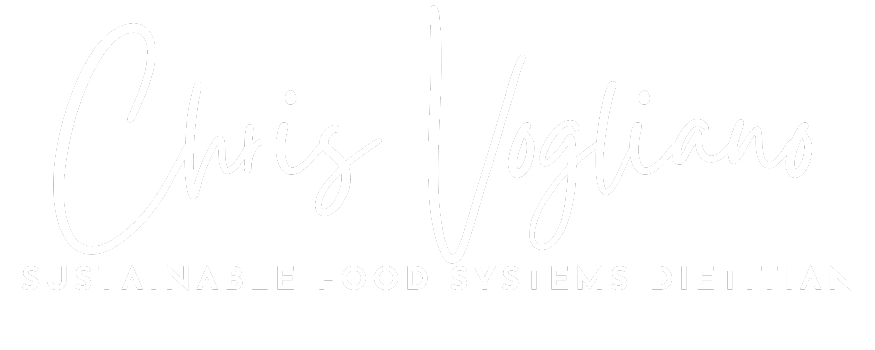How Dietitians helped save 15,000 pounds of food at America's biggest nutrition conference.
FNCE & Wasted Food: A Love Story
Golden Fall Glow
America’s largest food and nutrition conference (FNCE) was held in Boston this October. It’s a beautiful time to be in the Northeast, as the temperature starts to cool down, and the leaves transition from their summer green to an array of warm hues.
FNCE 2016
With nearly 12,000 attendees, FNCE (like any conference) has an incredible of food served over the course of the event. With this amount of food, it is inevitable that there will be leftovers. Unfortunately, most of this food will have the imminent fate of the landfill. While not malicious in nature, its impacts can be. As someone who has devoted their life to creating a more sustainable and waste-free food supply, this process of discarding perfectly good food has always troubled me. So, how much food is truly being lost in the retail food sector?
Food Waste in Retail Outlets
Over one-third of all food in America ends up in the landfill, and 40% of that food comes from the retail sector, totaling the unfortunate amount of 39 million pounds each year.[i],[ii] Between the retail and consumer food waste habits, we account for the overwhelming majority of lost food (83%). For more information check out www.refed.com
Cue the Love Story.
The brilliant organizers of FNCE this year were both thoughtful and proactive. They reached out to The Greater Boston Food Bank (GBFB) to create a partnership to rescue the conference’s excess food. When I first caught wind of this partnership, I was absolutely delighted. After I heard how much food they recovered, I could not help but write an article to share.
Cases of donated Sunbutter (sunflower butter)
Adriene Worthington, RD, LDN, a fabulous dietitian at the GBFB, supplied me with the total amount of food they saved from entering the landfill from FNCE alone. Check out the stats below:
Dry Foods: 7,074 lbs
Dairy Products: 4,648 lbs
Produce: 2,059 lbs
Frozen Foods: 1,150 lbs
Total: 14,933 lbs
The icing on the cake (or ice cream in this case), was when Halo Top Ice Cream company donated their extra freezer used at the FNCE Expo to a local food pantry. Storing frozen and cooled food is one of the biggest barriers that most pantry’s face when trying to offer healthier options. This freezer will make a huge difference in the lives of many Bostonians. A huge thank you to FNCE and the GBFB for making this happen, and helping us lead by example.
Planning a conference?
Follow these 3 tips to minimize wasted food.
1) Order less food. I have never been to a conference where they have run out of food, and I guarantee it rarely happens. While it’s always hard to estimate attendance and/or appetite of attendees, it may help both your bottom line and the environment to experiment with ordering less food.
2) Be Proactive: Understand that wasted food will inevitably happen, and reach out to your local food bank or food pantry ahead of time. Being proactive will help the food bank prepare for the upcoming donation. Go to www.feedingamerica.org to find out which agency is closest to your event.
3) Encourage attendees to take home food: We have all been there. Stuffed for lunch, but know dinner is just around the corner. Encourage attendees and staff to take food home or back to their hotel rooms. This only works for shelf stable food, or hotels that have mini-fridges installed - (food) safety first!
For more information on food waste, visit the resources below
Donation Guidelines – http://www.feedingamerica.org
Resource List – www.chrisvogliano.com
FNCE Session 226 - Link here
Facts and Solutions to Food Waste - www.refed.com
Check out my food waste white paper (PDF)
[i] Gunders D. Wasted: How America is losing up to 40 percent of its food from farm to fork to landfill. Natural Resources Defense Council website. http://www.nrdc.org/food/files/wasted-food-ip.pdf. Published August 2012. Accessed August 12 2015.



